Ukraine destroys 41 Russian bombers in audacious ‘SpiderWeb’ spy thriller drone attack
In an audacious plot personally overseen by Volodymyr Zelensky, hundreds of drones were hidden in containers to attack scores of planes deep in Russia, after being trained by AI to target their fuel tanks.
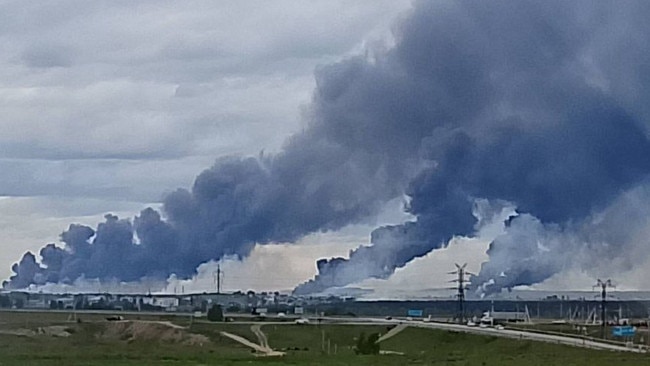
Ukraine has unleashed a top secret mass attack on the heart of Russia’s aerial defence, targeting four key airfields deep inside Russian territory by remotely activating hundreds of drones from concealed roofs of container trucks.
The 18-month complex operation, code named Operation SpiderWeb, was personally overseen by Ukraine President Volodymyr Zelensky and came hours before a new round of peace talks were set to start in Istanbul.
It was deployed on Sunday with devastating impact, destroying more than 40 of Vladimir Putin’s prized strategic bombers, some of which were stationed thousands of kilometres from the Ukraine border.
US President Donald Trump was unaware of the operation, the Ukrainians said.
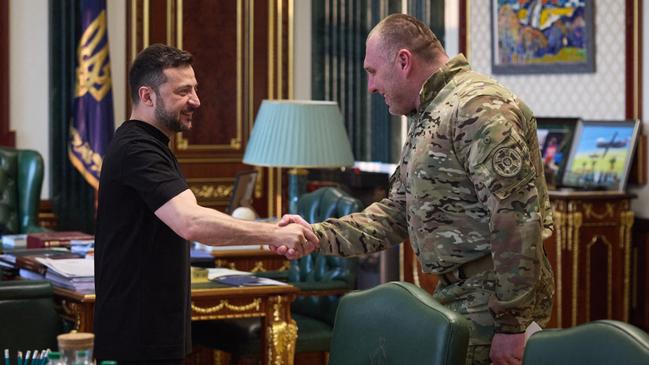
The drones hit the Olenya Air Base in Murmansk, home of nuclear-capable bombers, the Belaya Air Base in the Siberian area of Irkutsk, the Ivanovo Air Base in Ivanovo, and the Dyagilevo Air Base in Ryazan.
#BreakingNews#Ukraine just hit #Russia’s nuclear-capable bomber bases 1,800–4,000km deep inside 🇷🇺
— ʋɛʀǟƈɨօʊֆ (@conscientious1o) June 1, 2025
Targets: Tu-22M3, Tu-95MS, Tu-160.
Method: FPV drone swarms launched from stealth truck-mounted cabins.
Result: 40+ aircraft claimed hit.
Massive retaliation expected from 🇷🇺 pic.twitter.com/sNrD1nPiQF
In a video posted to social media, a drone appeared to take off out of a container with a buzzing sound. Shots rang out in an apparent attempt to down it. Another drone flew out of the container in the same direction. In another video, an explosion struck a plane parked at an airport.
Social media footage shared by Russian media showed men climbing onto a truck in an attempt to halt the drones.
“This is not yet a knockout, but quite a serious knockdown for the enemy,” said Iryna Vereshchuk, a top official in Zelensky’s office. “This is exactly what wars of the future will look like.”
Hard-to-replace bombers such as the Tu-22M3, the Tu-95 and the A-50 were destroyed within minutes of each other, while other sabotage operations involved railway and bridge explosions in Kursk and Bryansk.
“Enemy strategic bombers are burning en masse in Russia – this is the result of a special operation by the SBU,” the Kyiv Post reported.
In his evening address, Mr Zelenskyy said 117 drones had been used in the operation. He claimed the operation had been planned in an office next to the local Russian intelligence FSB service.
Ukraine security expert Maria Avdeeva said the ingenuity of Ukraine to mobilise the drones will be taught in schools for years.
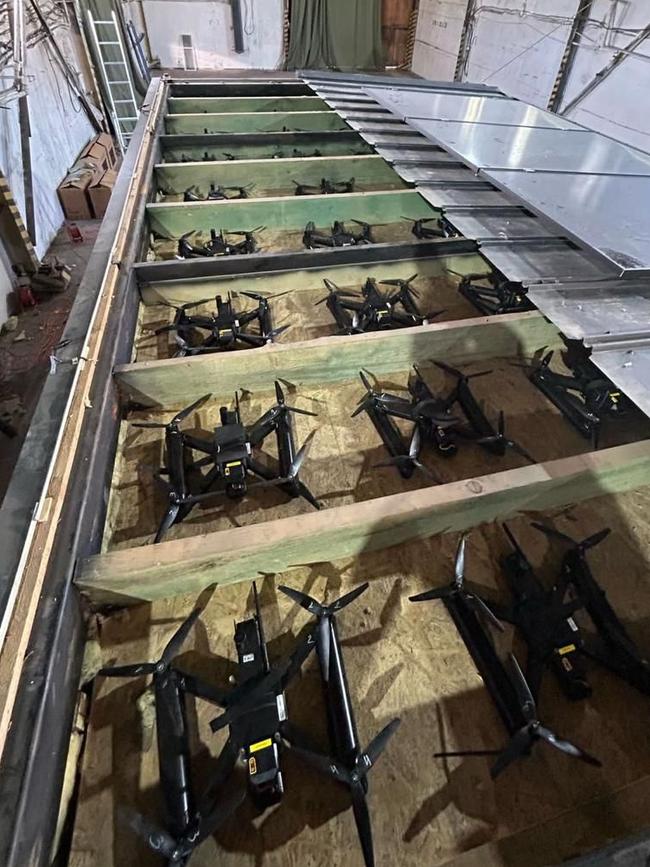

She said: “Ukraine secretly delivered FPV drones and wooden mobile cabins into Russia. The drones were hidden under the roofs of the cabins, which were later mounted on trucks.
“At the signal, the roofs opened remotely. Dozens of drones launched directly from the trucks, striking strategic bomber aircraft. And Russia can’t produce these bombers any more. The loss is massive. Nothing like this has ever been done before.”
Ukraine told local reporters it used artificial intelligence to ensure the drones hit the weakest point of the bombers. The drones were programmed to hit the bombers’ fuel tanks as they sat on the tarmac.
Quite a day for #Ukraine 🇺🇦.
— Thomas van Linge (@ThomasVLinge) June 1, 2025
The SBU successfully smuggled a fleet of FPV drones into far Siberia in #Russia 🇷🇺. Once they were there the drones struck the Belaya airbase. A number of TU-95 strategic bomber planes were destroyed. pic.twitter.com/bQZvJ9y0C2
Soviet Tu-95’s, which are housed in the Poltava Museum of Long-Range Aviation in Ukraine, were used to help train the drones for maximum impact.
Operation SpiderWeb had the same element of surprise Israel used when it remotely activated 5000 pagers fitted with explosives which demoralised Hezbollah in September 2024.
Ukraine’s ability to destroy billions of dollars of high-value assets with relatively cheap weaponised drones will recalibrate defence priorities around the globe as countries move to protect now vulnerable military weapons.
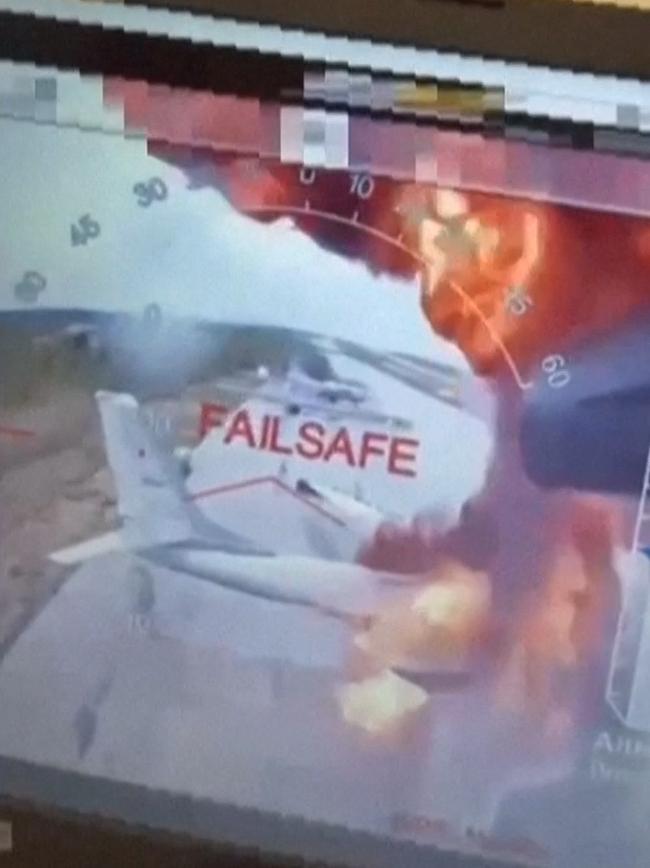
Officials from Ukraine’s security service, the SBU, told reporters the drones were smuggled inside Russia followed by the modified shipping containers. Operatives then placed the drones inside the housing and unsuspecting Russia drivers were hired to take the trucks past the Russian air bases. At that point the roofs were remotely opened to allow the drones to take off and strike the long-range bombers.
The SBU released a photograph of its chief, Vasyl Maliuk, studying plans of the target warplanes.
Ukraine officials said the Ukrainian operatives involved in Operation SpiderWeb had returned to Ukraine before the attack was executed.
While making no official comment, various Ukrainian officials have sent coded messages on social media.
Andriy Yermak, an assistant to Mr Zelensky, posted a picture of a spiderweb on X, while the deputy foreign minister Sergiy Kyslytsya, posted a playing card of the drones with a caption “The King of Drones”.
The Russian Defence Ministry said Murmansk, Irkutsk, Ivanovo, Ryazan and Amur had come under a terrorist attack, but that the attacks were repelled.
“As a result of the launch of FPV drones from the territory located in the immediate vicinity of airfields, several pieces of aviation equipment caught fire,’’ the Ministry said, adding that the fires have been extinguished.
Ukraine has also come under renewed attacks, with authorities saying Russia launched 472 drones and seven ballistic and cruise missiles which killed 12 and injured 60 Ukrainian military personnel at a training centre.
The attacks come as Ukraine has called for a meeting of Mr Zelensky with Mr Putin as part of Monday’s peace negotiations in Istanbul. Ukraine said it wants a 30-day full ceasefire, a full and comprehensive prisoner of war exchange, no limits on future Ukrainian forces and, the most contentious point, no recognition of any Russian claims to Ukraine territory.



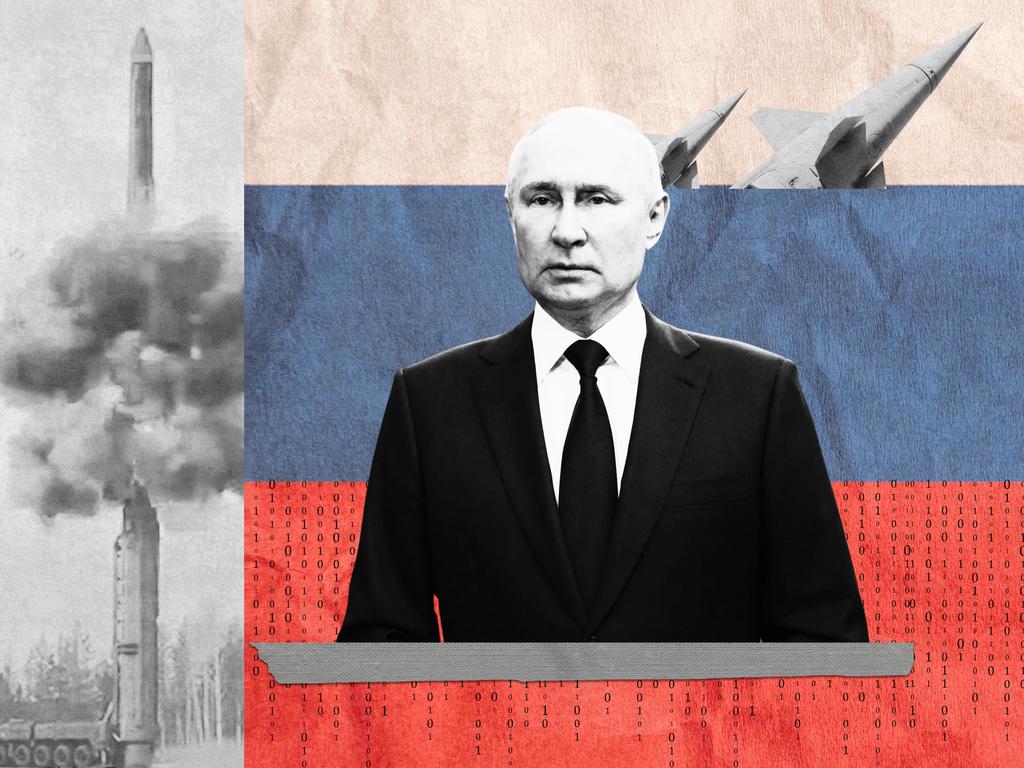




To join the conversation, please log in. Don't have an account? Register
Join the conversation, you are commenting as Logout